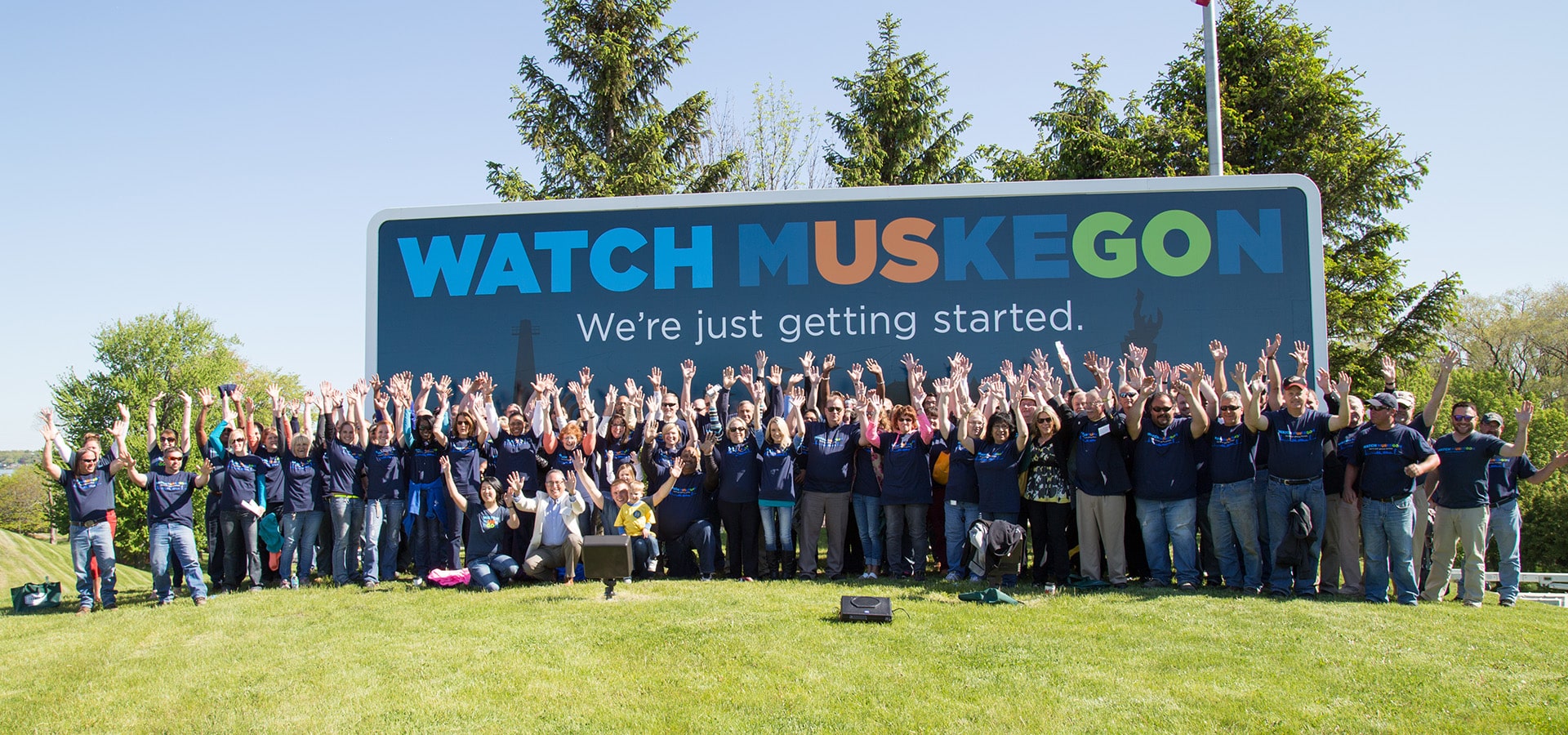There are a variety of situations that may motivate your manufacturing company to consider rebranding. Rebranding is what happens when a company decides to change or shift any significant element of its brand to position itself differently in the market. This might be as simple as integrating a new logo or as complex as being part of a larger crisis management response.
Rebranding is important, and there are situations that might force your company to rebrand. There are two general reasons for rebranding: proactive rebranding and reactive rebranding. Proactive rebranding happens when a company wants to seize an opportunity, avoid potential problems in the future, or update their image to match modern trends. Reactive rebranding, in contrast, happens when something has occurred that is so significant that it requires a response from how the brand presents itself.
There are many situations that could require either proactive or reactive rebranding. While some of these scenarios are not ideal, they are certainly situations that could arise and may necessitate rebranding.
1. Predicted Growth
When a company is preparing for significant growth, especially international growth or preparing to go public, it may be a useful idea to rebrand to appeal to new markets. Your products and services may need to be rebranded into a consolidated brand that will appeal to multiple manufacturing markets: both your existing and potential customers.
Regarding growth, your company may simply grow organically as you evolve and diversify, or this may be growth prompted by acquisitions of new companies and accompanying new markets. Either way, this is an opportunity to consider whether rebranding might be helpful to your long-term strategic plan.
2. Relevancy
When you realize that your manufacturing brand may be starting to lose relevancy in the minds of existing or potential clients, it’s time to consider rebranding. Part of the point of branding at all is to demonstrate how your manufacturing company’s products and services are relevant to clients and customers.
Use branding as an opportunity to demonstrate that your company can somehow make better the lives of customers and potential customers. Show that you are, in fact, still relevant through your branding. For example: in 1985, Harley-Davidson was forced to rebrand in light of their being considered little more than collectors’ items.
3. Create Unity
This approach to branding is a way to reflect how your manufacturing company has grown and evolved. As technology changes, it may be that the services you offer and how you offer them have changed too. Your branding may need to reflect this.
Part of your brand has to do with brand harmony, and the changing situation may require that you rebrand in order to create that sense of unity.
4. You Enter a New Line of Business
This is related to three above, but as your manufacturing company expands, you may enter a new line of business or simply expand the products and services that you offer to current and potential customers.
Your brand may end up either being restrictive (e.g., Stuart’s Propane may be outdated if other fuel types are offered, requiring the shift to Stuart’s Fuel.) or may not adequately reflect the actual product offered. In this case, you should probably consider rebranding.
5. You Want to Appeal to a New Audience
When you want to appeal to a new base of potential customers, rebranding may be a way to do so. Rebranding is a way to create opportunities to speak to a new demographic.
6. Mergers and Acquisitions
If your manufacturing company merges with or acquires another, rebranding is probably in order. New acquisitions mean that new products and services may be offered, which is a good opportunity for rebranding.
Also, if you merge or acquire another company, you’ll want to rebrand in a way that speaks to their existing clientele as well as your own.
7. Competitive Influences
In some cases, your competitors’ successes may mean that your company needs to rebrand to reposition yourselves. If your competitors are out-selling you, then rebranding can allow you to gain a foothold in your market, ultimately creating conditions in which you can be successful.
This is not an enviable position, but it’s one that you can combat with branding and rebranding your company.
8. Negative Publicity
If your company or even your industry receives significant negative publicity, rebranding can be a way to cope with this and rebuild your brand in the eyes of the public and, more importantly, of potential customers and clients.
Branding, in part, is about demonstrating that your company is trustworthy. You want customers and potential customers to perceive you as worthy of doing business with. Branding is an opportunity to do this. You can demonstrate that you keep your promises and don’t do whatever negative things that may have been attached to your industry or even your specific company through negative publicity.
9. Legal Problems
If your company has recently faced legal problems, rebranding may help your manufacturing company recover, although it may be possible that trademark problems could force a company to rebrand.
There are two scenarios here. One is rebranding to counteract any negative image that may have been attached to your company because of legal problems. This is not significantly different from dealing with negative publicity as discussed above.
But rebranding may be the result of claims of trademark infringement. In some cases, companies are found to have violated trademark law in either their name, their logo, their tagline, or some combination of the above.
For example, in China, the 3M Company brought suit and won against Changzhou Huawei Advanced Material Co Ltd for their use of a 3N logo, one that was notably similar to that of 3M. This is an example of a situation that requires rebranding.
Whether it is your manufacturing company’s strategic plan or external circumstances that push you toward rebranding, it is best to rebrand proactively when you can. Realizing that it’s time is a first step in the process but an important one. Get in touch with Revel today to talk about rebranding your company.








